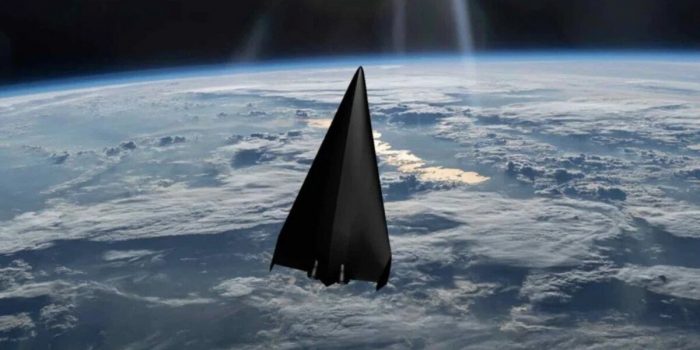POLARIS Raumflugzeuge, a German aerospace company, is at the forefront of aerospace innovation with its ambitious AURORA project. Drawing on more than three decades of combined German and European aerospace research, POLARIS is focused on developing disruptive aerospace technologies, with a particular emphasis on reusable space launch capabilities and a versatile hypersonic transport system.
AURORA, the company’s next-generation spaceplane concept, is the centerpiece of their endeavors. AURORA combines the best of both worlds, blending rocket launch capabilities with traditional aircraft flight modes. Its roots trace back to early innovations at the German Aerospace Center DLR, resulting in a unique vehicle poised to redefine space travel.

One of AURORA’s standout features is its ability to take off from traditional runways, eliminating the need for costly launch pads and significantly reducing fuel expenses. This innovation has the potential to transform the economics of space travel by offering worldwide space launch capabilities with unprecedented flexibility.
AURORA’s payload capacity is equally impressive. It can carry payloads exceeding 2200 pounds (1000 kg) into orbit, making it a versatile workhorse for satellite deployment and cargo transport. Furthermore, AURORA’s commitment to sustainability is evident in its design, aiming for nearly 100% system reusability, which could revolutionize the space industry by reducing waste and costs.
Beyond its commercial applications, AURORA holds promise for defense and research purposes. Its ability to reach any orbit inclination makes it suitable for hypersonic reconnaissance and various defense applications. Additionally, while initially designed for unmanned flight, POLARIS envisions the option to upgrade AURORA for human transport, further expanding its utility.
The name “AURORA” has a storied history in aerospace, linked to past rumors of advanced aerospace projects. While these rumors remained unverified, POLARIS is determined to turn the name into reality by bringing AURORA to life in the modern aerospace landscape.

POLARIS has ambitious plans for AURORA’s development timeline. They aim to start flying a lightweight version of the spaceplane as early as 2026, with a heavier, fully operational vehicle expected by the early 2030s. To ensure AURORA’s success, the company has undertaken rigorous technology validation, including the production of scaled flight demonstrators. Notably, the MIRA-Light, a smaller version of the full-scale MIRA aircraft, showcases the innovative linear aerospike rocket design.
POLARIS’s commitment to excellence is further demonstrated by securing study contracts for tests involving in-flight ignition and operation. Additionally, they have received approval for temporary restricted airspace test flights over the Baltic Sea, scheduled to begin in September.
Before commencing AURORA’s production, POLARIS will launch their fifth demonstrator, NOVA. This final test will showcase innovative flight capabilities and demonstrate safe and repeatable rocket-powered supersonic flight capability at high altitudes.
Looking ahead, POLARIS’s vision extends beyond AURORA. By the early 2030s, they aspire to develop a reusable heavy orbital spaceplane, a significant step toward realizing fully reusable single-stage-to-orbit (SSTO) space vehicles. This visionary approach positions POLARIS as a pioneering force in the future of aerospace technology.


